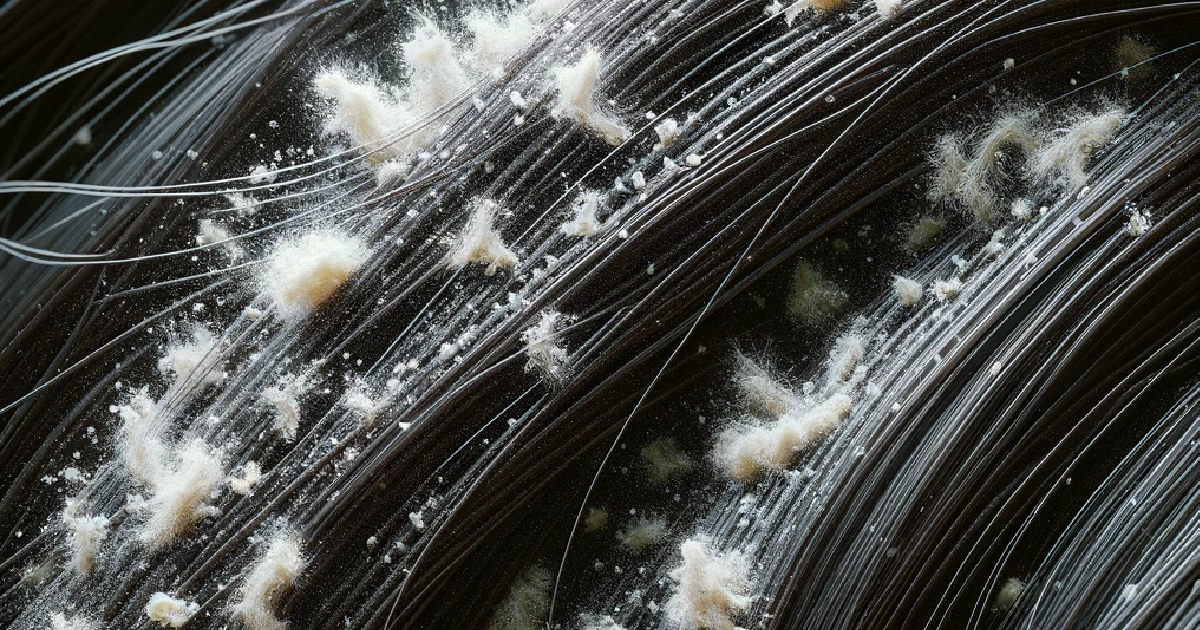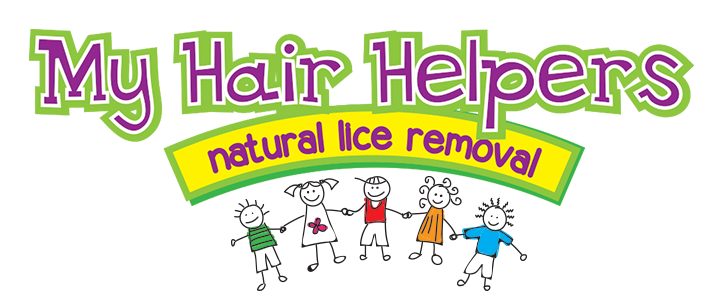Experiencing an itchy scalp can be both uncomfortable and concerning. The two common culprits that often come to mind are dandruff and head lice. Though both conditions can cause itchiness and discomfort, they are vastly different in terms of causes, treatment and implications for those affected.
Understanding how to differentiate between the two can not only provide peace of mind but also guide you toward the appropriate remedy. Let’s dive into the distinctions between dandruff and head lice, helping you identify which issue might be causing that annoying itch.
Understanding Dandruff
Dandruff is a scalp condition characterized by flaking and mild itchiness. It results from various factors, including dry skin, sensitivity to hair products or a yeast-like fungus called Malassezia that irritates the scalp. Dandruff is not contagious and can usually be managed with over-the-counter shampoos designed to control flaking and soothe the scalp.
Key Indicators of Dandruff:
- White or yellow flakes on the scalp and in the hair
- Flakes typically appear dry
- Itchiness, which tends to be mild
- No visible movement in the hair
Spotting Head Lice
Head lice, on the other hand, are tiny insects that infest the hair and scalp, feeding on small amounts of blood drawn from the scalp. Lice spread through direct contact with the hair of an infested person or their belongings, such as hats or hairbrushes. However, the latter is far less likely. Roughly 90 percent of head lice cases are spread through direct contact. And, unlike dandruff, head lice are contagious and require prompt treatment to prevent spreading.
Key Indicators of Head Lice:
- Intense itching, often more severe than dandruff
- The presence of lice eggs (nits), which look like tiny white or yellow dots firmly attached to hair strands near the scalp
- Actual lice on the scalp, though they may be difficult to spot due to their small size and quick movement
- Itchiness that worsens at night, as lice are more active in the dark
Differentiating the Two
Here are some steps and tips to help you tell the difference between dandruff and head lice:
- Visual Inspection. Use a fine-toothed comb to part the hair and closely inspect the scalp. Dandruff flakes will easily fall off the hair, while nits are glued to the hair shaft and won’t budge without being pulled off.
- Location and Symptoms. Dandruff is limited to flaking on the scalp and hair. In contrast, head lice may cause sores or a rash on the neck and shoulders due to scratching.
- Contagiousness. If family members or close contacts are experiencing similar symptoms, it’s more likely to be head lice, as dandruff is not contagious.
- Response to Treatment. Using an anti-dandruff shampoo will typically reduce flaking and itchiness if dandruff is the cause. If the problem persists or you find nits and live lice, it’s time to use a treatment specifically designed for lice.
Dandruff vs Head Lice: Making a Positive Identification
While dandruff and head lice can both lead to an itchy scalp, recognizing the differences between the two is crucial for effective treatment. Dandruff, with its characteristic flakes and non-contagious nature, requires a much different approach than the targeted treatments needed to eliminate head lice.
If you’re ever in doubt about the cause of your scalp itchiness, consult with a healthcare professional, dermatologist or head lice expert. By staying informed and vigilant, you can ensure that you’re taking the right steps to maintain scalp health and comfort.
My Hair Helpers offers a full line of head lice products, as well as salon services for those who reside in California. Contact us today to schedule an appointment at one of our comfortable, family-friendly salons or order our products from our website or Amazon store. We are here to help you navigate the murky waters of head lice!


